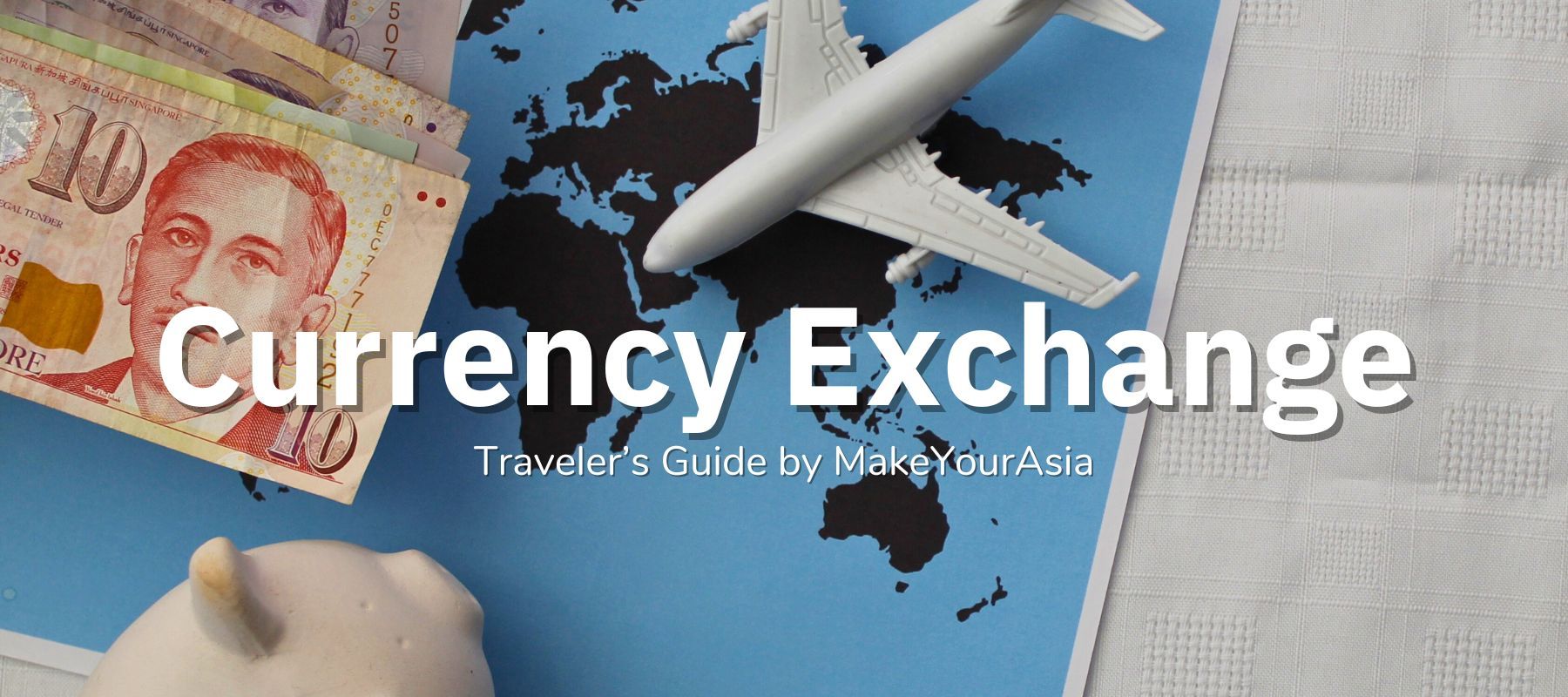
Share This Article
Currency Exchange in Southeast Asia
All You Need to Know
Preparing currency and money is one of the most important topics that travelers need to research before visiting a foreign country. The general rule of thumb is to prioritize using the local currency as it is accepted everywhere you go. Some restaurants or stores in rural areas of Southeast Asia still do not accept credit or debit cards; therefore, cash is the ultimate choice. It is an easy process with various money exchange locations in big cities. However, the foreign currency exchange process might be different from your home countries, with unconventional alternatives and less accessibility in remote regions. So, what’s the story here for currency exchange in Southeast Asia? Continue reading to learn about the process in this part of the world and avoid potential frauds!
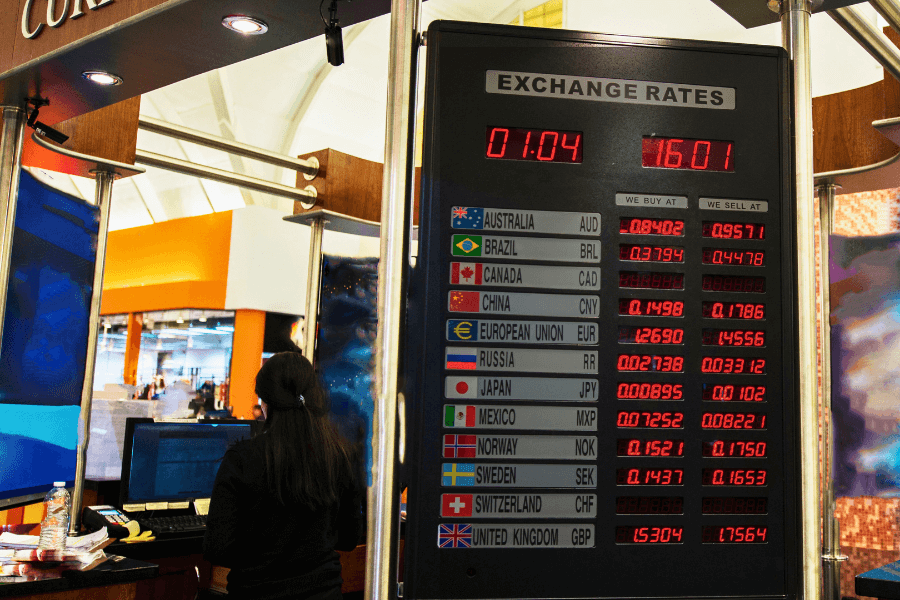
Where to exchange your home currency in Southeast Asia:
When it comes to money exchanging here in Asia, there are multiple options. It is essential to understand these options to ensure you can easily access local currency and make transactions smoothly. Some common money exchange choices are:
Banks
Banks are reliable and secure options. Travelers can easily find both international and local ones across Asia that can help you with this matter. The catches are they may charge transaction fees and have formal procedures. As a result, you will need to show your passport, fill out forms, making the process more time-consuming. Travelers will have to deal with longer waiting times and limited operating hours.
Money exchange counters at airports, department stores, tourist areas
Travelers can also exchange currency comfortably with various available kiosks or counters across airports, malls, shopping districts, and tourist areas. It is important to verify the authenticity and reputation of the money changer to avoid potential risks. Be aware that money changers - even official ones marked as bank-owned (Kasikorn Bank, etc.) located at airports such as BKK Suvarnabhumi offer lower rates than the ones located in the city.
Jewelry stores or gold shops
Interestingly, you can exchange currencies at jewelry stores/gold shops in Southeast Asia. This is our recommended option, also a popular choice for both tourists and locals, since it normally offers the best rate. Please note that jewelry and gold shops in Singapore and Thailand will require a passport, while those in Vietnam don't.
Hotels
A convenient alternative is exchanging currency at hotels. These locations usually have unfavorable rates and higher commissions compared to other options so it’s best to check beforehand. It's also important to note that not all hotels offer this service.
ATMs
ATMs are widely accessible across major cities in any nation of Southeast Asia. Note that some ATM networks only dispense the local currency, and they usually add their own fees. Furthermore, each ATM has its limits and if you withdraw too much money at once, your ATM card might be automatically locked by the bank. Be aware that ATMs in Cambodia dispense both Khmer Riel (KHR) and US Dollars (USD), since most of the places in this country use USD as a basis for cash transactions and only use KHR for small change under 1 USD.
Check out our updated entry regulations here:
Book a private tour to Asia
Pack your bags and have the time of your life in Southeast Asia!
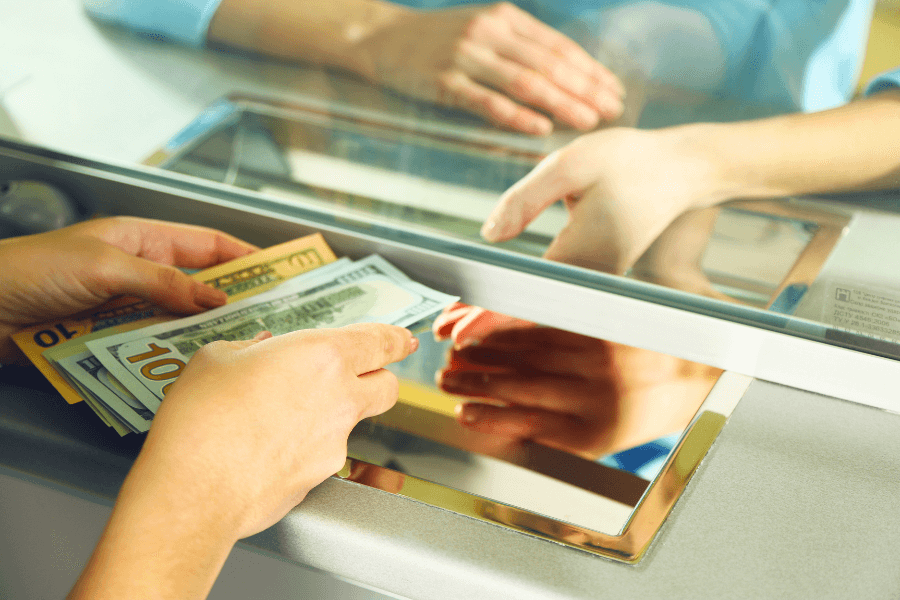
Tips on exchanging money in Southeast Asia:
Exchanging foreign currency in Asia can be a stress-free experience if you keep these following tips in mind:
- Find out the current exchange rate for your currency: It’s always a good idea to find out the real-time exchange rate to avoid being ripped off. A currency exchange app/web like ‘XE.com' is useful to keep track of the market rate.
- Before leaving for your trip, you should exchange a small amount such as US$100 so you can have cash ready on arrival. Alternatively, you can also do this at the airport before looking for an ideal place. Because if you don’t know the city, it might be difficult to find a money changer or jewelry store quickly. Also be aware that in countries such as Thailand, even in Bangkok, it might be hard to find a money changer open on weekends.
- Check for better exchange rates at different kiosks/stores to get the best deal. Make sure what you’re getting before you commit.
- Beware of counterfeit currency. Check the security features of the currency to ensure it is genuine.
- Make sure to ask for a wide range of bills with some small denomination notes so you can make purchases more easily.
- Banknotes of Southeast Asian countries are very similar to one another, so be careful.
- Double-check the amount and count your money carefully in front of the person exchanging money for you before leaving the shop to ensure you receive the correct amount.
- It is never safe to carry large amounts of cash because of obvious reasons like pickpockets in crowded places. Therefore, only exchange the amount you consider appropriate. Keep the extra cash inside a safe box in your hotel room.
- For some countries such as Thailand and Malaysia, it is recommended to save some coins to pay for bus and skytrain tickets or street stall items.
- In Asia, money changers carefully inspect the quality of the bills. Newly issued, clean, and crisp notes are preferred, while creased, torn, or wrinkled notes may be rejected or exchanged at a lower rate. Additionally, the advertised exchange rates are usually for US$100 notes. Smaller bills may have different rates, so it is advisable to check the rates for each note before changing your money.
Dreaming of a trip to Asia?
With MakeYourAsia, your dream trip comes with stress-free planning, authentic experiences, and carefree exploration. Simply leave everything to us!
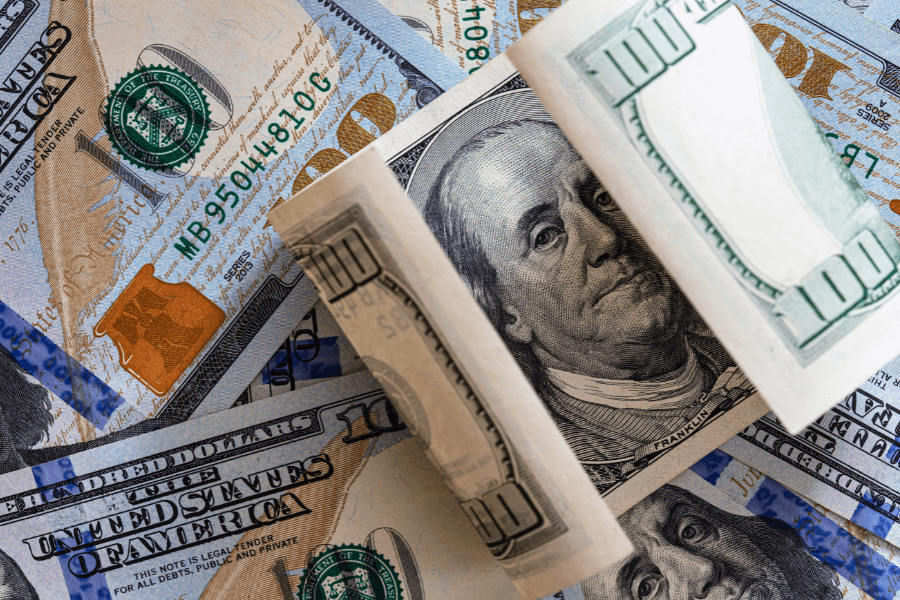
Tips on how to distinguish between old and new USD bills:
We highly encourage travelers to bring US dollars as it is a widely accepted and recognizable currency that offers higher exchange rates. Differentiating between old and new bills can be challenging, but there are several key characteristics to look for.
1. Check the Color and Design
Newer USD bills have a more colorful design and additional security features compared to older bills. For example, the $100 bill has a blue ribbon and a gold bell, while the $50 bill has a red flag and a star. Older bills may appear more muted in color and lack these added design elements. Aim for USD bills from 2017 and later series.
2. Look at the Security Features
Newer USD bills have enhanced security features to prevent counterfeiting. These include a 3D security ribbon, color-shifting ink, and a clear portrait watermark. To check for these features, tilt the bill and see how the images and text change. Older bills may lack these advanced security features.
3. Examine the Serial Numbers
The serial numbers on USD bills can provide clues about the bill's age. For example, a bill with a serial number starting with a "2" was printed in the 2000s, while a bill with a serial number starting with a "1" was printed in the 1990s. Additionally, newer bills may have a letter at the end of the serial number that corresponds to the Federal Reserve Bank that issued the bill.
4. Inspect the Bill's Condition
Newer USD bills are typically in better condition than older bills, which may show signs of wear and tear such as folds, creases, or tears. The paper of newer bills may also feel slightly smoother and more durable.
By considering these factors, you can determine whether a USD bill is new or old. It is important to familiarize yourself with the features of both types of bills to avoid confusion and ensure you are using genuine currency.
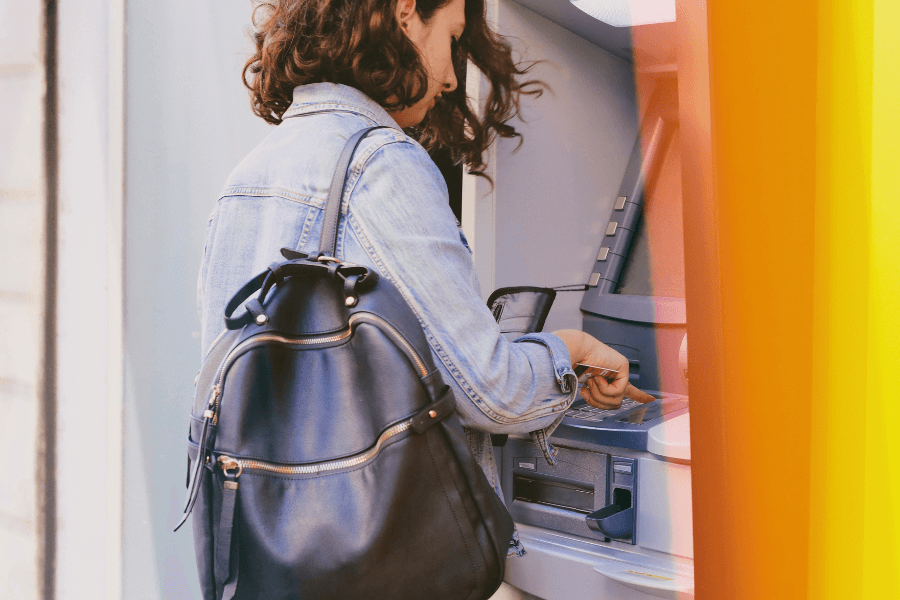
Other tips and practices to keep in mind
- Traveler’s checks are NOT acceptable in Southeast Asian countries.
- If you have a large amount of cash, use the safebox in your hotel. During travel, wear a fanny pack or neck wallet under your clothes to keep your cash and important documents safe.
- We also recommend separating your large and small notes instead of keeping everything together. Have small bills handy for minor purchases so you can avoid exposing your larger notes and reduce the risk of being a target.
- Credit and debit cards can be used in tourist areas and larger cities. Many restaurants, stores, boutiques, and supermarkets, especially in towns with a large international audience, you can also pay by card. But you shouldn’t rely on it – so always have enough cash with you.
- Always be careful while handing your card to the clerks and waiters – make sure nobody takes your card away from you to minimize the risk of card skimming or the service people taking photos of your card and then using it for online payments. Do not use dodgy-looking ATMs. You can always ask the front desk at your hotel which network’s ATMs are safe and offer good rates.
- Always check with the bank or on bank app after payment or transaction to make sure that the amount charged is correct. This is extremely important, yet people always forget or take this so lightly. You must correct the amount on the spot if something is wrong or the amount does not reflect what it should.
- You can also withdraw money from ATM; however, your bank or card provider will charge a fee for foreign withdrawal so check this before traveling. You should also inform your bank about your travel plans to avoid having your account/card locked abroad.
- Make sure you have the option to block your card from being used in case you lose your card overseas. These features are extremely crucial to avoid theft, especially in the digital world where transactions can be made with a tap.
- Always check the cash limits allowed by each country’s customs. Remember that you should declare every penny above the limit or else you will face criminal charges.
Southeast Asia is relatively a cash economy, so we highly recommend travelers to withdraw cash for daily use. All types of goods and services, from accommodations, meals, to transportation, can be paid in cash in this part of the world. As you embark on your travels to Southeast Asia, remember that having a thorough understanding of the local currency is vital to your experience.
